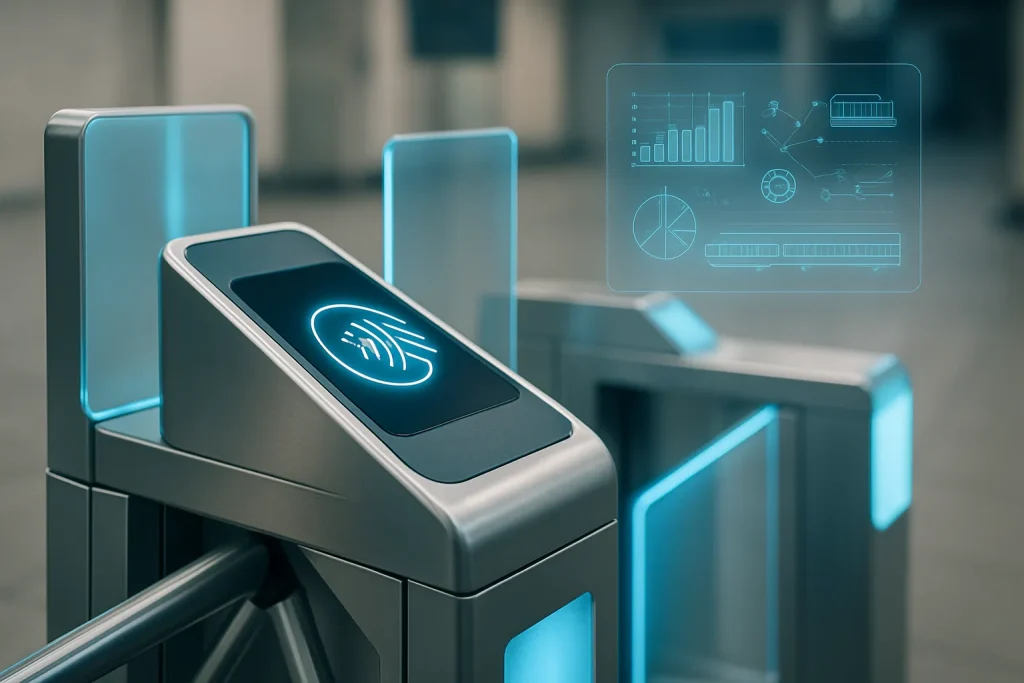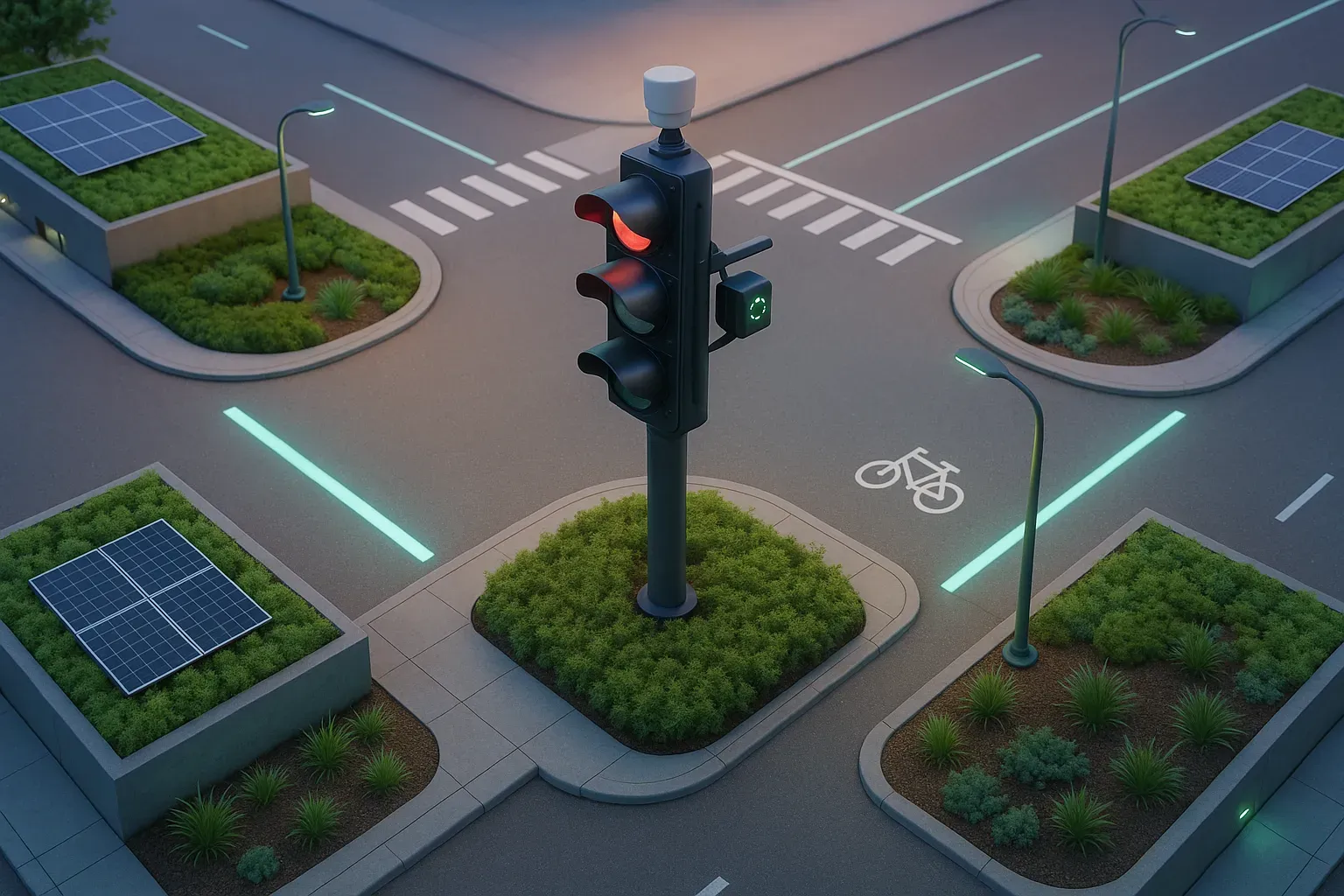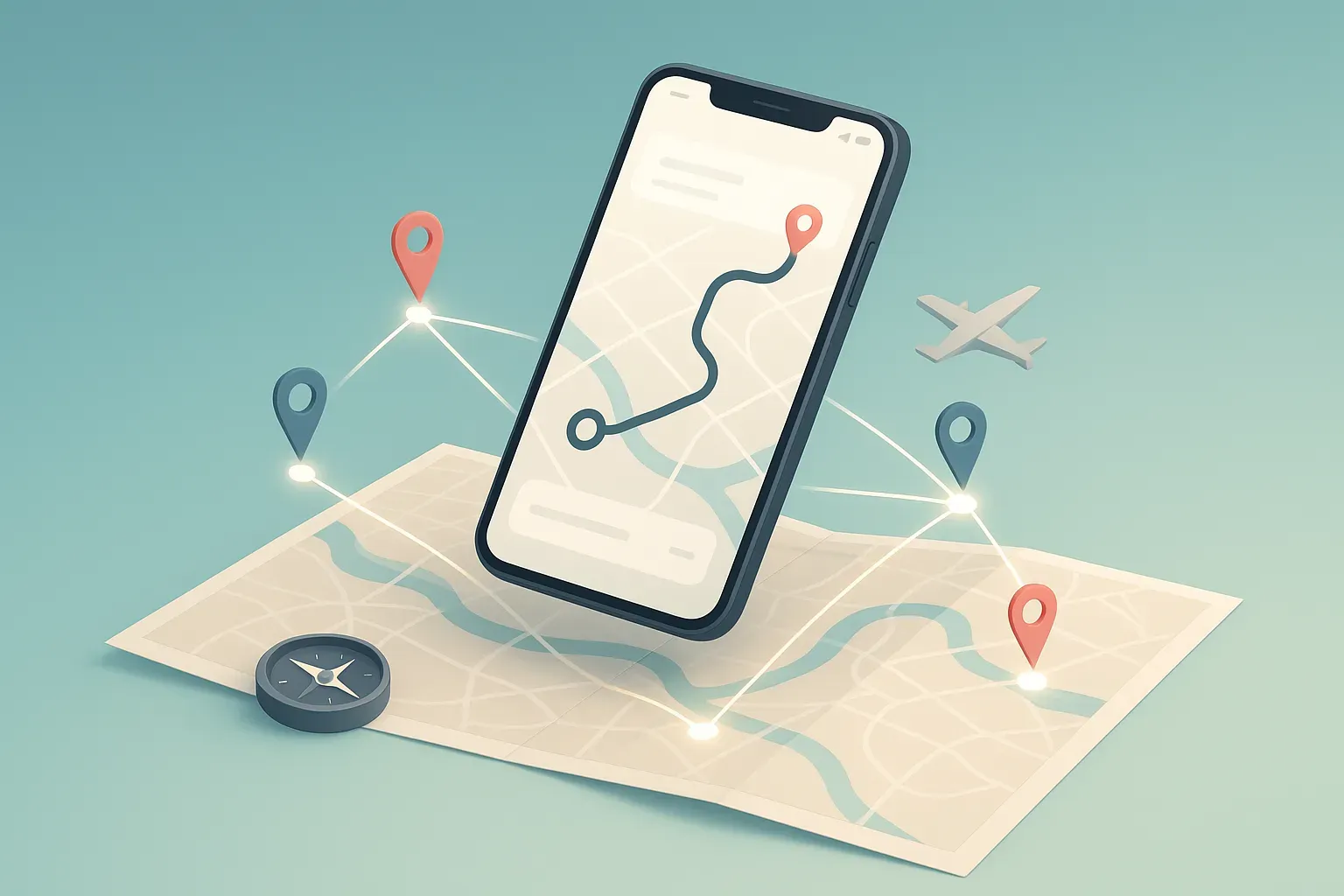Fare evasion poses a significant challenge for transit agencies worldwide, impacting revenue and operational efficiency. This article explores effective strategies to combat this issue, drawing on insights from industry experts and successful case studies. From simplifying payment systems to implementing data-driven solutions, transit agencies can employ a range of approaches to encourage compliance and create a more sustainable public transportation ecosystem.
- Simplify Payment to Encourage Compliance
- Personalize Service to Reduce Evasion
- Design Systems That Promote Honest Behavior
- Implement Barrier-Free Gates With Spot Checks
- Offer Discounted Passes for Frequent Riders
- Integrate Mobile Ticketing for Improved Compliance
- Deploy Fare Ambassadors for Human-Centered Approach
- Use Data Analytics to Optimize Fare Structures
Simplify Payment to Encourage Compliance
If you truly want to reduce fare evasion without turning your city into a surveillance state, here’s a strategy that works: tie payment systems to convenience, not just compliance. Consider tap-to-ride technology integrated with contactless credit cards or mobile wallets. When it’s easier to pay than to dodge, most people will simply tap.
One transit agency I consulted with implemented an account-based fare system where riders could board with their phone even if they had no balance. The system would extend a micro-credit and automatically reconcile at the end of the day. That small grace period actually increased overall payment compliance because it treated riders like customers, not criminals.
The lesson? Behavioral design is more effective than brute force. Instead of pursuing evaders with fines and officers, make the honest path the path of least resistance. Technology should remove friction, not add fear.
 Daniel Haiem
Daniel Haiem
CEO, App Makers LA
Personalize Service to Reduce Evasion
We achieved a more than 90 percent reduction in fare evasion on airport transfers—not through enforcement—but by delivering service as a unique and personal experience.
As the founder of Mexico-City-Private-Driver.com, I operate a private ground transport service that faces many of the same challenges as public transport, most notably fare evasion. In our service, fare evasion manifests through last-minute cancellations, fake bookings, and riders attempting to book directly while bypassing the booking process.
For one particular route, from Benito Juarez Airport in Mexico City to Polanco, we observed almost one in five back-to-back bookings leading to continuous fare evasion. Rather than introducing additional friction or fines, we realized the best approach was simple: personalize the welcomes. The welcome became a near-literal salutation and recognition of a guest based on the data collected during booking (full name, pickup location, hotel concierge unless it was a special booking). It would sound like this: “Mr. Gonzalez, we received your booking from the concierge of the St. Regis, for a ride to Roma Norte. Welcome.”
We aimed to make the welcome personal, and after many false starts with team motivation, we observed riders developing a sense of individual accountability. The actual journey logged or recorded in our process was based on a real person who was recorded—not anonymous, with no ambiguity. In less than one week, we reduced the employee compensation bill for company trips from a high of 18% of fares to below 2% of fares, without modifying our policy or threatening individuals with enforcement.
Overall, I believe there is something for transit agencies to consider here. Fare evasion generally thrives in the shadows and anonymity of the system. Visibility through various methods (digital check-in, real-time acknowledgment, reminder nudges, etc.) creates a more permanent shift than inflexible built structures (gates) and staff penalizing people with fines. Technology should be used to augment a humane experience (individual accountability) and not just to apply baseline pressure on fare evasion.
 Martin Weidemann
Martin Weidemann
Owner, Mexico-City-Private-Driver.com
Design Systems That Promote Honest Behavior
While we’re not a transit agency, we run a high-volume delivery operation where accountability, route tracking, and performance visibility are critical, and the principles overlap more than people think.
The most effective strategy I’ve seen for reducing system abuse like fare evasion is not to rely on policing after the fact, but to build in systems that make abuse harder to begin with. In our field, that meant investing in real-time visibility (dashboards, GPS tracking, time logs) not to micromanage drivers, but to make sure our workflows left less room for shortcuts, missed steps, or unlogged trips.
For transit agencies, the equivalent would be designing fare systems that make legitimate payment feel faster and easier than evasion. Tap-to-pay technology with tight gate design, for example, paired with spot check enforcement backed by clear data (not random ticket checks, but targeted based on ridership patterns) can shift the entire system from reactive to proactive.
The point is, if your system makes it easy to cut corners and assumes people will always self-report or pay honestly, you’re leaving revenue on the table. But if you build a structure where the honest path is also the easiest and fastest path, most people will take it.
 Ford Smith
Ford Smith
Founder & CEO, A1 Xpress
Implement Barrier-Free Gates With Spot Checks
Transit agencies can effectively combat fare evasion by implementing barrier-free fare gates with spot checks. This approach maintains the flow of passengers while still enforcing fare payment. Barrier-free systems rely on random inspections, which create a sense of uncertainty for potential fare evaders. The psychological effect of possible checks often deters evasion more effectively than physical barriers.
This method also reduces infrastructure costs and maintenance associated with traditional turnstiles. To maximize its effectiveness, agencies should conduct frequent and visible spot checks. Consider implementing this system to improve both fare compliance and passenger experience.
Offer Discounted Passes for Frequent Riders
Offering discounted passes for frequent riders is a smart strategy to reduce fare evasion. By providing more affordable options, transit agencies can encourage regular use and increase overall revenue. Discounted passes make public transportation more accessible to daily commuters, students, and low-income individuals. This approach fosters a sense of loyalty among riders, making them less likely to evade fares.
Additionally, it simplifies the payment process, reducing opportunities for evasion. Transit agencies should explore various discount models to find the best fit for their community’s needs. Implement a discounted pass program to boost ridership and reduce fare evasion simultaneously.
Integrate Mobile Ticketing for Improved Compliance
Integrating mobile ticketing can significantly reduce fare evasion in public transit systems. This technology allows passengers to purchase and display tickets on their smartphones, eliminating the need for physical tickets or cash. Mobile ticketing speeds up the boarding process, reducing opportunities for fare evasion during busy periods. It also provides real-time data on ticket sales and usage, helping agencies identify patterns of evasion.
The convenience of mobile tickets can encourage more people to pay for their rides. Transit agencies can further enhance this system by offering loyalty rewards or gamification elements. Embrace mobile ticketing to modernize fare collection and improve compliance.
Deploy Fare Ambassadors for Human-Centered Approach
Deploying fare ambassadors is an effective human-centered approach to combating fare evasion. These staff members assist passengers with ticket purchases, provide information about fare options, and educate riders on the importance of paying fares. Fare ambassadors create a friendly presence that can deter evasion without resorting to punitive measures. They can help resolve issues that might lead to unintentional fare evasion, such as confusion about zones or ticket types.
This approach also improves the overall passenger experience and can lead to increased customer satisfaction. Transit agencies should invest in training programs to equip fare ambassadors with the necessary skills. Consider implementing a fare ambassador program to promote a culture of voluntary compliance.
Use Data Analytics to Optimize Fare Structures
Utilizing data analytics to optimize fare structures is a sophisticated strategy for reducing fare evasion. By analyzing ridership patterns, peak hours, and popular routes, transit agencies can design fare systems that better meet passengers’ needs. Data-driven insights can help identify areas where fares may be too high, leading to increased evasion. Agencies can use this information to create more equitable pricing models, such as time-based or distance-based fares.
Optimized fare structures can also help agencies balance revenue goals with affordability for riders. This approach requires ongoing analysis and adjustments to remain effective. Invest in data analytics tools to create a more responsive and fair pricing system that discourages evasion.








